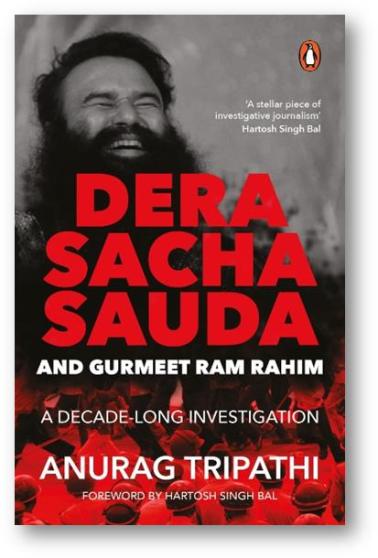(New Delhi, Apr 25, 2018) Leading learning company Pearson India whose education solutions cover a wide spectrum of subjects and include books and resources is now focusing on executive education space where it is all about upskilling.
It has also emerged as a talent hub, says Pearson India managing director Vikas Singh.
“We are very big in the gateway space. Lots of global bestsellers in the higher education space are from Pearson. It’s really a matter of pride our content is appreciated by learners and teachers alike,” he says.
On the executive education space, he says that in the new scheme of things it is more about constant upskilling so that one remains relevant from a technology point of view.
“There are these concepts like half life of knowledge which basically says the time it takes for knowledge to become redundant is half of what it was five or six years ago. If you don’t keep upskilling yourselves then at some point in time especially for the new generation coming in, chances are you will have a struggle. So we are getting into the executive education space,” Singh told PTI.
“We very carefully select our programmes. We customise them to the Indian context and we ensure delivery experience which is more personalised, not really a mass number of people who can take a role in our programme. So that’s also kicked off well,” he says.
Established in India in 1998, Pearson India is aligned to the global brand philosophy of helping learners make measurable progress.
Summing up the journey, Singh says, “It has been a good run for us in the last 20 years. As the overall sector has scaled up, Pearson has scaled up on a much faster context. If we take the last two years as a reference point, we are a part of a geography which we call growth which is like the BRICS equivalent – Brazil, not so much Russia but India, China and South Africa as also Middle East, Hong Kong.”
He claims Pearson is the fastest performing geography in that entire definition.
“And if you were to see in the larger international scope, then again India would emerge at the top. In that context, Pearson is very buoyant on India. We are getting a lot of support that we need, lot of investments we would need. So it’s been a good run for us,” he says.
On regional content, he says Pearson India has tested it in the past in a limited way.
“It has worked well for us but we believe that for now may be we will stay focussed on English. We could look at vernacular may be in the near future. It’s just a matter of time,” he says.
According to Singh, globally and in India, Pearson is investing very heavily in the digital space.
“This entire journey is of adaptive learning in terms of personalised learning. This is something that Pearson is really excited about. Globally we have partnerships with organisations like IBM and Microsoft.
“So it’s a very nice, simple design, you create one global one digital platform on which you host content which the user can access basis the needs and then the analytics engine personalises it to your preference in terms of what you like – more of video, more of audio or which concept you would like a higher input on. So that’s the general direction in which developments are happening,” he says.
In India, he says, Pearson has “pioneered some products which have been received very well. MyPedia is a product in the gateway space and within a very short span of two years we are on an explosive growth. We hope to have a million learners on it in the next two years. School adoption rate is very good, renewed rates are good. By and large it is going very well”.
Singh, however, says in spite of these strides, Pearson will stay focussed on course curriculum.
“We do a lot of building together programmes so that what we finally bring out we believe would be the best from the learner point of view,” he says.
He also feels that physical delivery is a challenge in the rural space.
“Our USP is world’s finest content, world’s leading authors. If we are able to maintain the edge from our content, quality and delivery, I think we are home, If we dilute that, that’s trouble,” he says.
Singh says Pearson India is now becoming a talent hub.
“So the Indian talent is moving out to much larger roles, much bigger roles. They are either relocating to localities like the UK or South Africa or Middle East or they are anchoring projects from India for much larger geography which goes right up to Brazil and China,” he says.
